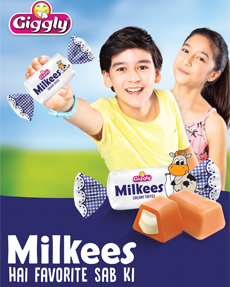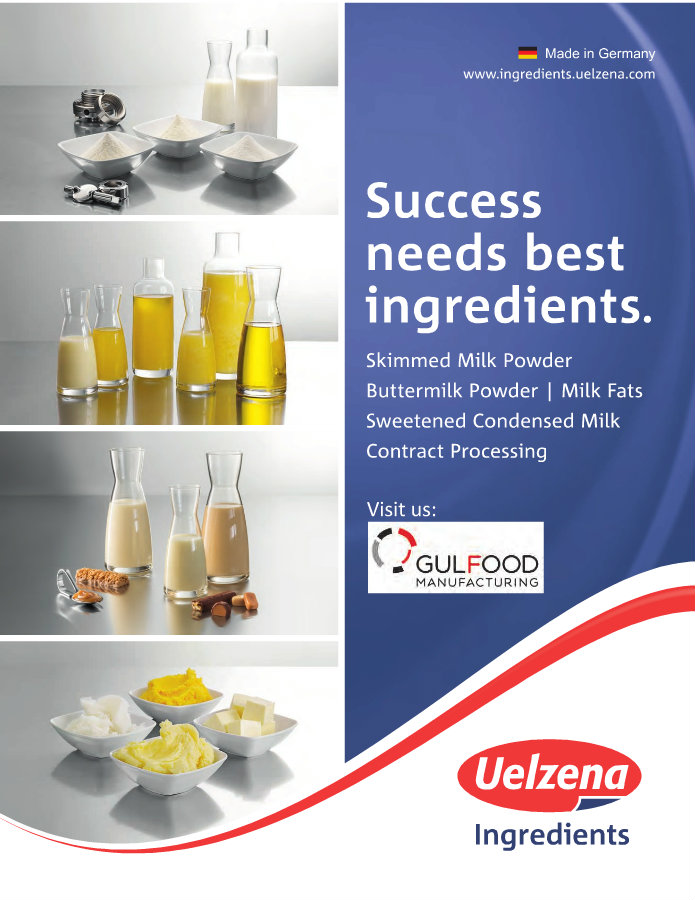
Snact founders Ilana Taub and Michael Minch-Dixon. Photograph: Graeme Robertson for the Guardian
With forklift trucks carrying pallets of fruit and vegetables between sellers, and voices from all corners of the world shouting at each other, New Covent Garden market can be an intimidating place in the early hours of the morning.
But this is where environmental enthusiasts Ilana Taub and Michael Minch-Dixon found inspiration for an idea to use goods that would otherwise be thrown out to make a snack consisting of apples, bananas, mangoes and other produce.
The pair are using fruit deemed unsuitable for supermarkets or which is overproduced to make three different flavours in their Snact range, intended as both a healthy alternative to chocolate bars and as part-solution to the millions of tonnes of fruit and vegetables wasted each year.
“If [the market traders] were about to get a new consignment of produce coming in then they will often discard the produce that they have. Or if there is a couple of mouldy raspberries in a punnet, they will throw away the whole tray, so we would go and sort out the produce,” says Minch-Dixon.
The two friends met at school in Brussels, where their families were based, and both afterwards embarked on separate careers in sustainability. They came together in 2012 to try to find an idea for a food business that would tackle some of the mountain of goods wasted every day. The UN estimates that each year 1.3bn tonnes of food, about a third of the total produced, is wasted, including about 45% of all fruit and vegetables.
In the food markets they found fruit they could use as it could not be sold because of seemingly minor problems, such as ageing in bananas. Taub then came across the idea for “fruit leather” after finding a reference from the historian Dorothy Hartley to a recipe dating from 1700 for quince comfits – the equivalent of fruit pastilles – which require a mixture as “stiff as candied fruit leather”.
The outcome is a pliable and chewy fruit snack sold in 20g bags of three flavours: apple and raspberry; apple and mango; and apple, blueberry and banana, with all the ingredients sourced from fruit that would otherwise have been discarded. The fruit is blended, spread out and dried in a dehydrator for eight hours before being cut into small pieces.
“We take whole fresh apples and we blend them up and put them through a sieve so the stalks and seeds are taken out but everything else is there. We add in the purees of the different fruits or the whole bananas get chucked in as well. We try and use as much of the fruit as possible both so that we reduce waste but also apple skins are healthy and they have nutrients in them,” says Minch-Dixon.

Harvesting apples in Kent. Snact sources fruit from farmers in the county. Photograph: Martin Godwin for the Guardian
Preserving the shelf life of food is not new. But, adds Minch-Dixon: “The innovative idea is the relationship that we have with farmers and trying to think how can we revalue the fruit. Where people see something which does not have enough value to use or harvest, we think that if we turn it into something healthy and delicious, we can add more value to it. So we can buy more produce from the farmers or we can incentivise the pack houses to change their sorting process so that they send stuff to us.”
The fruit is sourced from farmers in Kent and includes apples which may have been harvested but do not have a buyer due to oversupply. One batch of organic apples, for instance, could not be sold conventionally because they were slightly too small for the supermarket buyer. Other apples may be left on trees as there is no demand, so Snact pays for the labour to harvest them, spending slightly more to give the farmer a financial incentive.
The fruits used are not spoiled, but instead come from a window of production where they cannot be sold. “In no way are we trying to use the rotten piles of fruit, and there is so much good produce to be used that you don’t have to go to that side,” says Minch-Dixon.
Retailing at £1 a bag, Snact is a similar price to other goods of its kindeven though the fruit costs between 20% and 40% of the usual price. This, says Minch-Dixon, is because the food component cost of these products accounts for a small proportion of the overall price.
“People often ask us, ‘Why isn’t your product cheaper than your competitors if you are getting the fruit cheaper’, and the major thing is that we produce in the UK whereas most of our competitors produce in low labour cost countries. [As] the largest price component of our product is manufacturing then our product is costing us more to make than others and so it is important that we sell the added value piece [that] we are made in the UK and we are doing something that is environmentally responsible,” he says.
Finding a use for surplus and imperfect produce has been championed by celebrity chefs such as Jamie Oliver and Hugh Fearnley-Whittingstall. In February,Asda started selling a wonky veg box for produce which is misshapen, has growth cracks or is smaller or larger than usually required.
“Should it ever get to the point where there is no food waste for us to access – hooray, we have succeeded and then we will move on to the next environmental challenge,” says Minch-Dixon.




